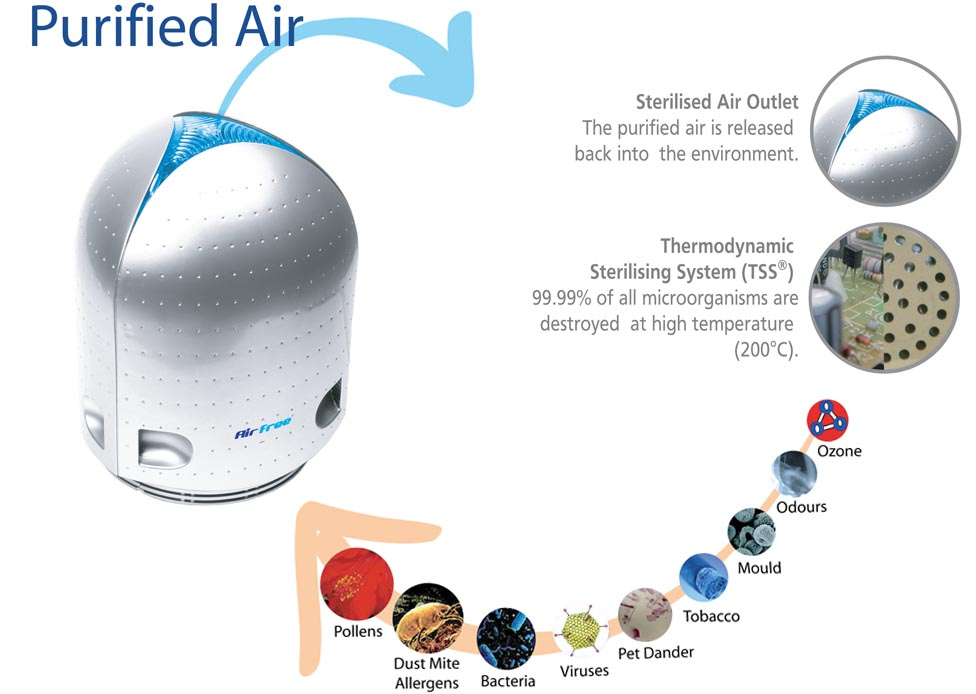Pollen

The "allergic" side of Spring.
Spring is a period of intense blossoming and pollination. During this process, pollen grains, which are male reproductive structures, are brought to the flowers' female organs by several means. Some of these means are wind and insects.
This increases the number of these grains in the air. Thus, pollen becomes a greater discomfort to those who suffer from allergies to other elements such as dust mites and fungi.
Pollen causes respiratory problems when it penetrates into the nasal passages, resulting in asthma attacks and allergic rhinitis, sneezing in succession, runny nose and nasal congestion. Some people may experience shortness of breath and wheezing. Another fairly common problem caused by these grains is allergic conjunctivitis, which causes itchy and red eyes.
The smaller they are, the more annoying they are!
Pollens are very small particles - like dust - (on average 0.016 to 0.060 mm), usually invisible to the naked eye, that derive from grasses, weeds, trees and flowers. Contrary to what one might think, pollen grains from species that have flashy flowers and leaves such as like roses, chrysanthemums and other plants, are the least cause of allergy problems. This is because they are large and heavy, transportable almost exclusively by insects such as the bee, from which they depend for their reproduction.
The species responsible for allergies are grasses, weeds and trees, which follow certain characteristics: they produce large amounts of pollen grains that are light - which facilitates their transport by wind, through which reproduction is made, - and sufficiently small to penetrate our respiratory tract. Pollen can be transported through great distances, such as 100 km.
For allergy sufferers, pollination leads to an allergic process called pollinosis or pollen disease, which is a manifestation of hypersensitivity to pollen released by plants and that brings a significant discomfort for those who are already allergic to other elements.
AIRFREE® PURIFIERS are up to 99% efficient in destroying airborne mold spores, bacteria, viruses, ozone, mite and dust allergens, and other airborne allergens derived from animals and pollen, and they are major allies in increasing the quality of life of people who suffer from allergies.
How do they work?
They dramatically reduce air pollution by burning the microorganisms. As a result, the contaminated air is drawn into the Airfree® ceramic core and destroyed at high temperatures. This air purification cycle is silent, requires no maintenance and is guaranteed by numerous tests.

FAQ
Q: How can I know Airfree will work for pollen?
A: It is understood that pollen behave the same way as mould in the air and therefore, by assumption Airfree that has an efficiency of airborne mold reduction of up to 99%, is also efficient against pollen and can be offered as a solution to your customers.
Explain to your customer that the customer will be exposed to pollen when going outside or opening the window, so Airfree will not have any effect in such situations.
Pollen can have a size from 10 to 100 microns. Please see some more details about pollen in the online article https://www.museum.state.il.us/exhibits/midewin/palynology02.html, such as “pollen grains range from 10-100 microns in size. A micron is 1/1000 of a centimeter”.
→ Find Answers to Frequently Asked Questions
DOWNLOADS - POLLEN/HAY FEVER


